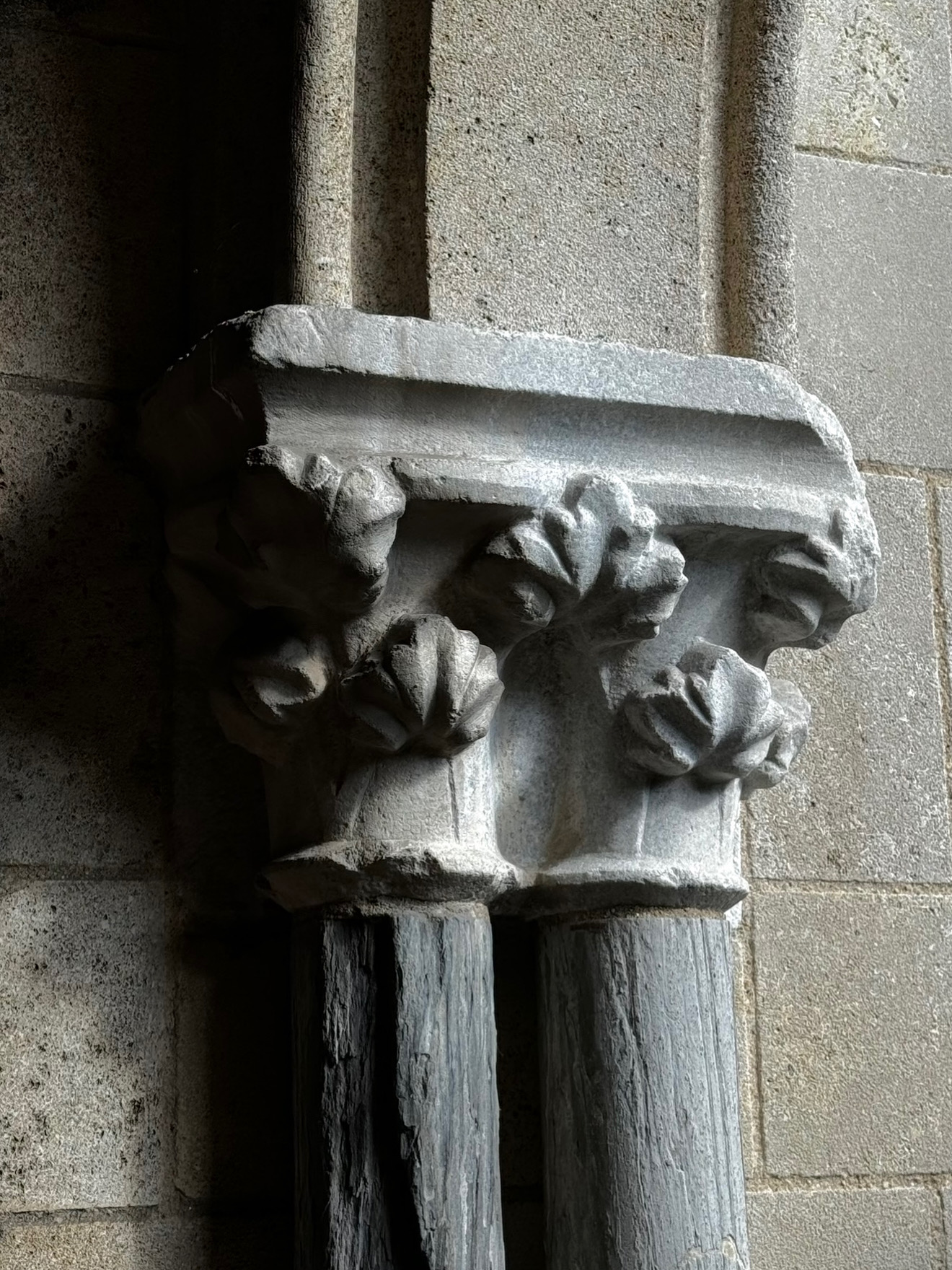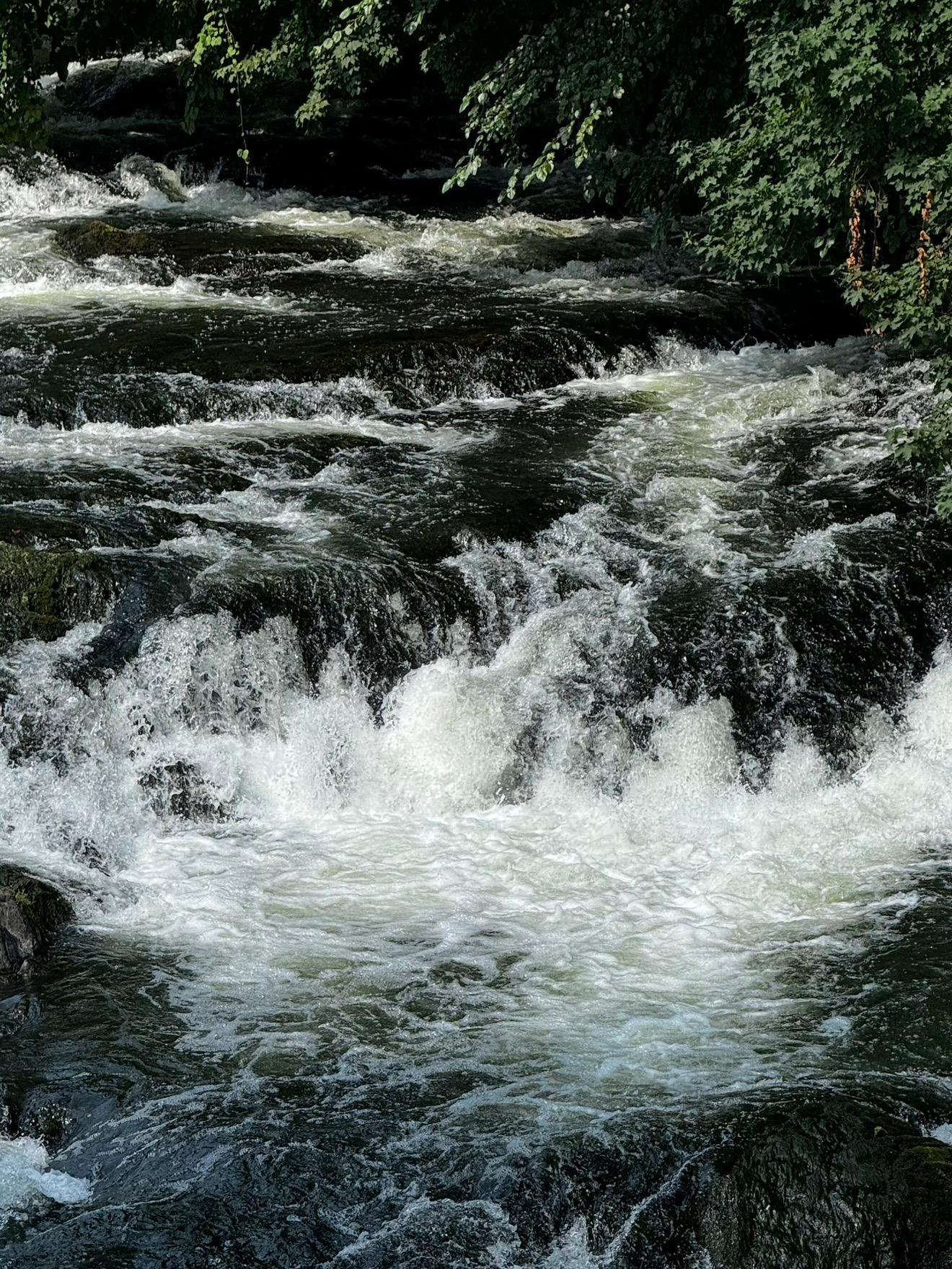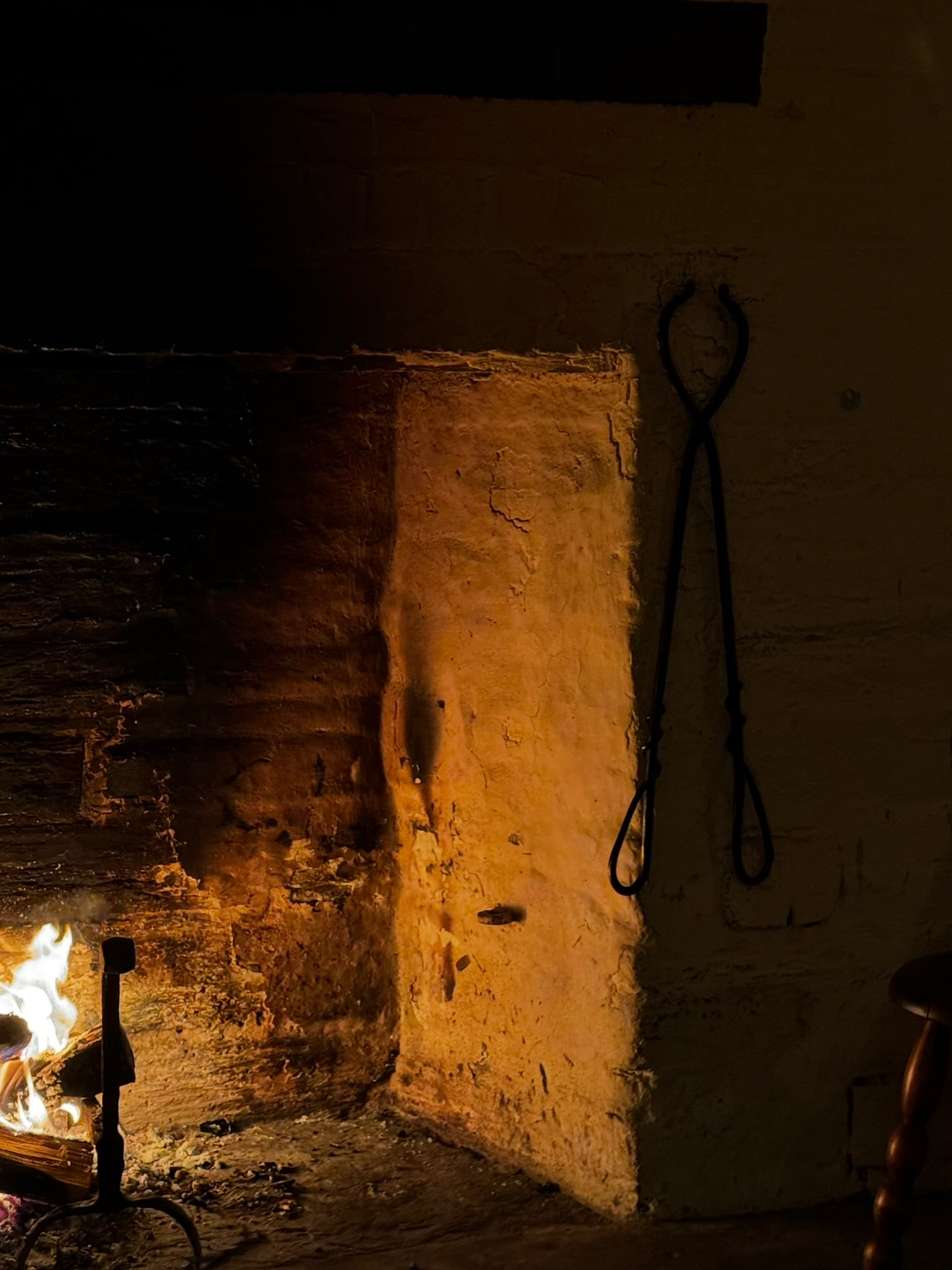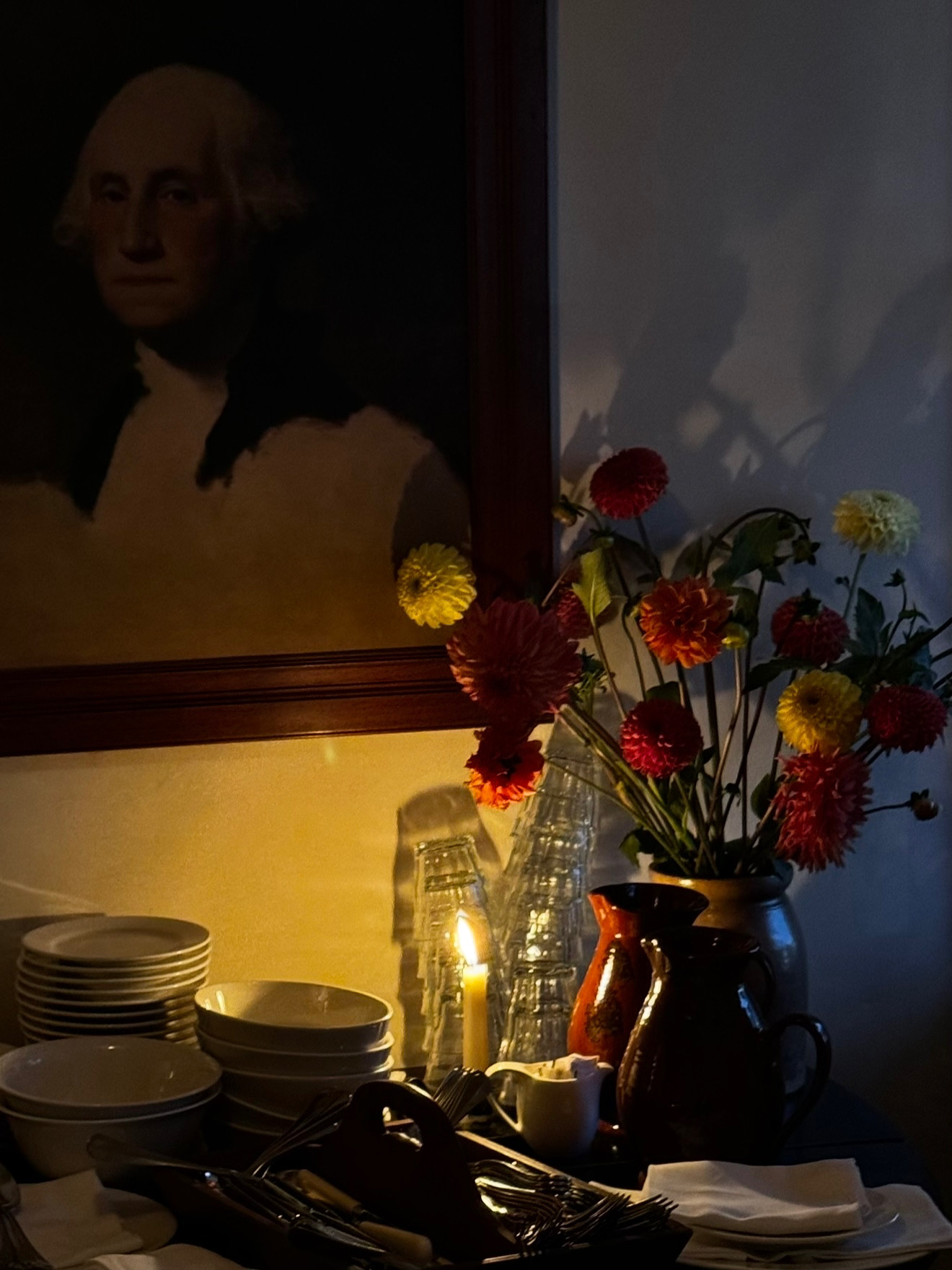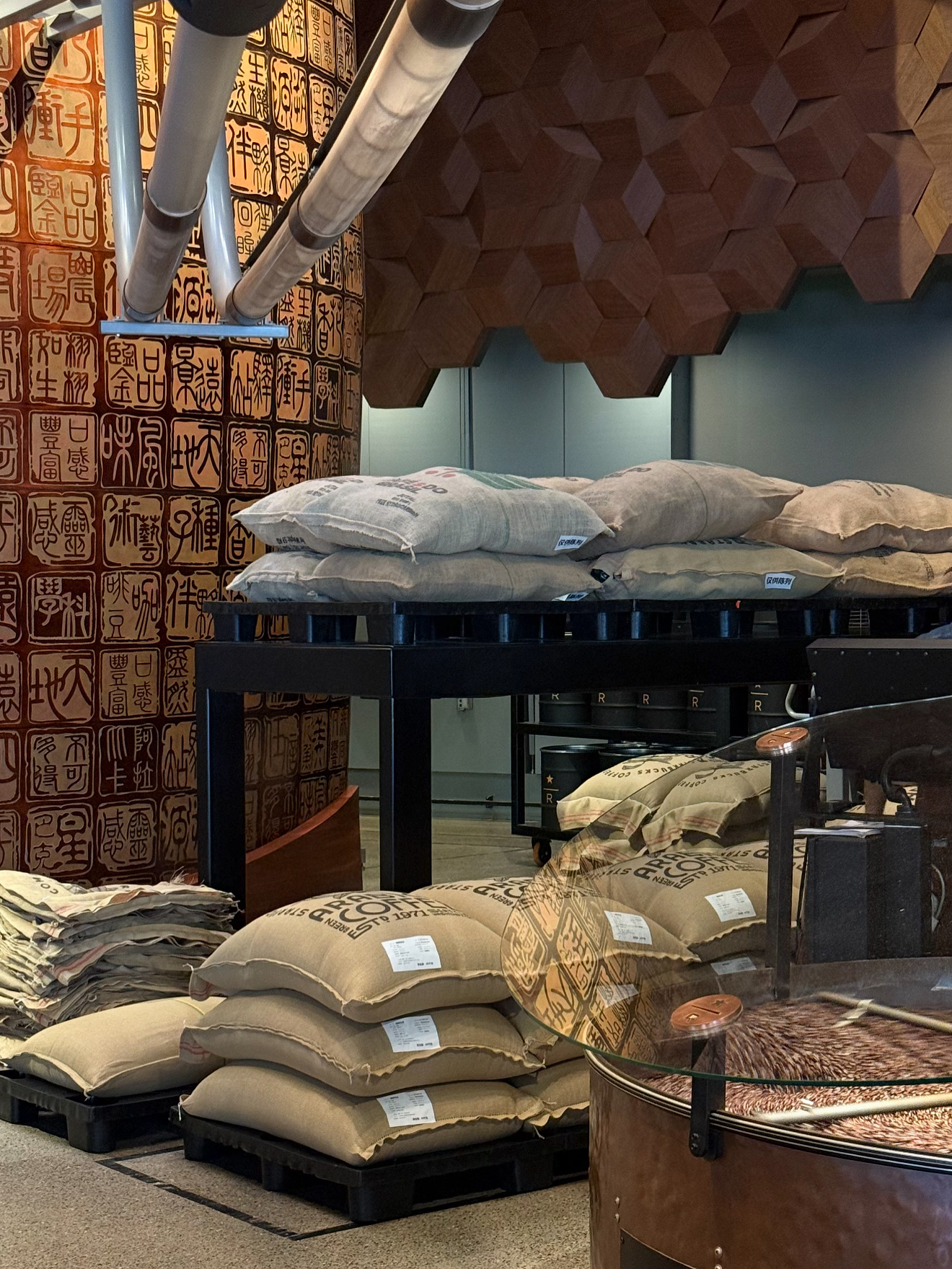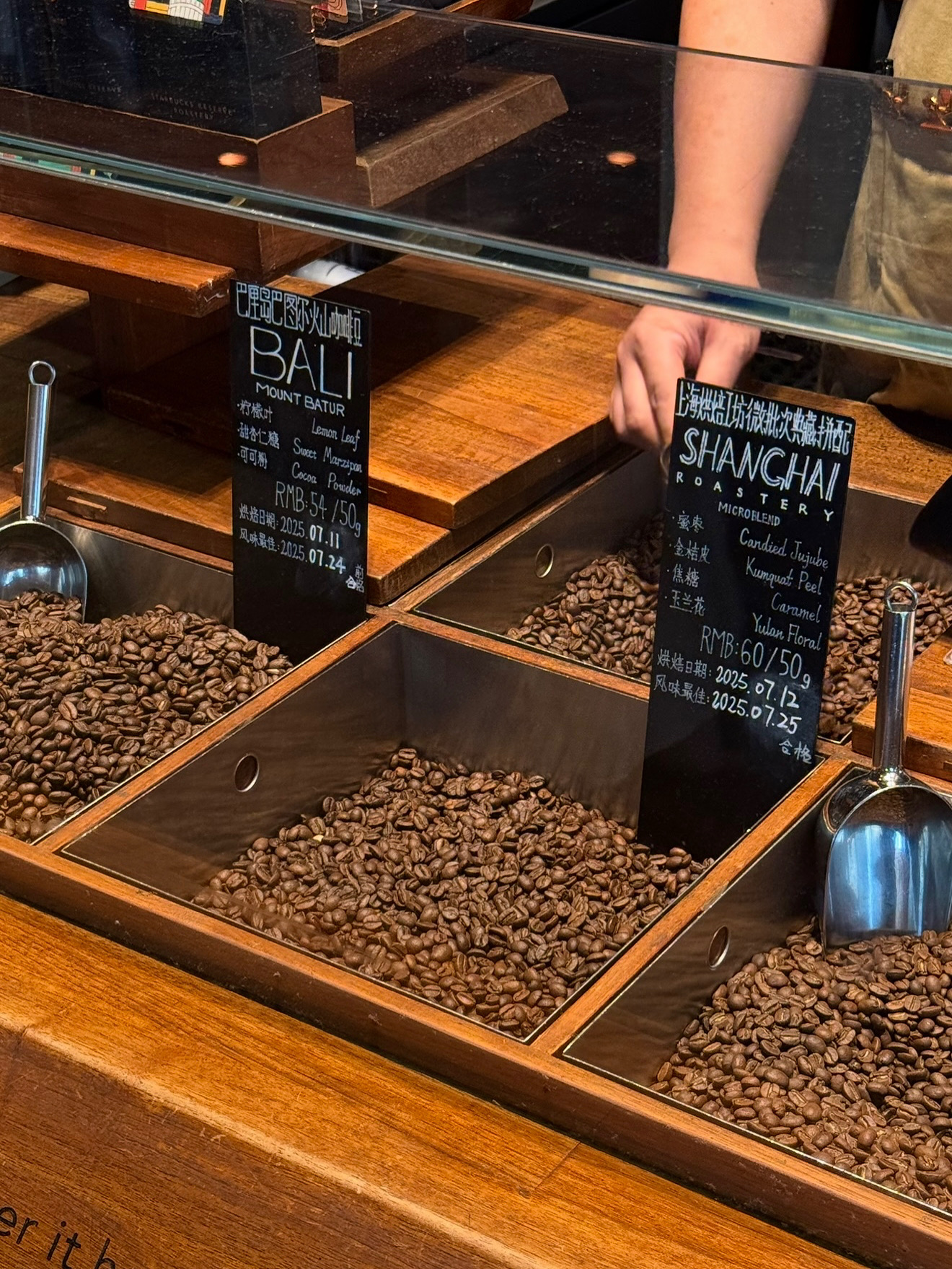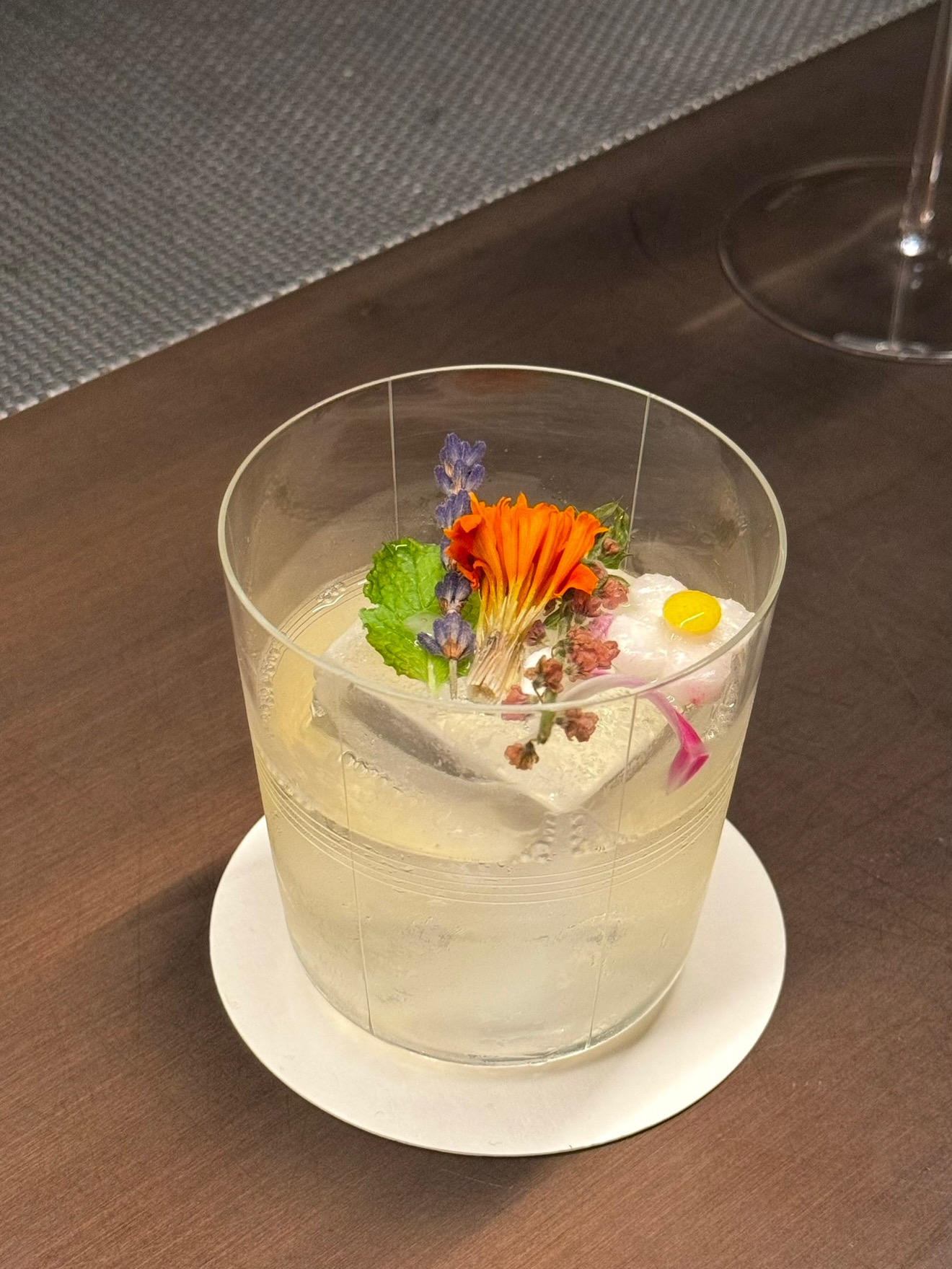
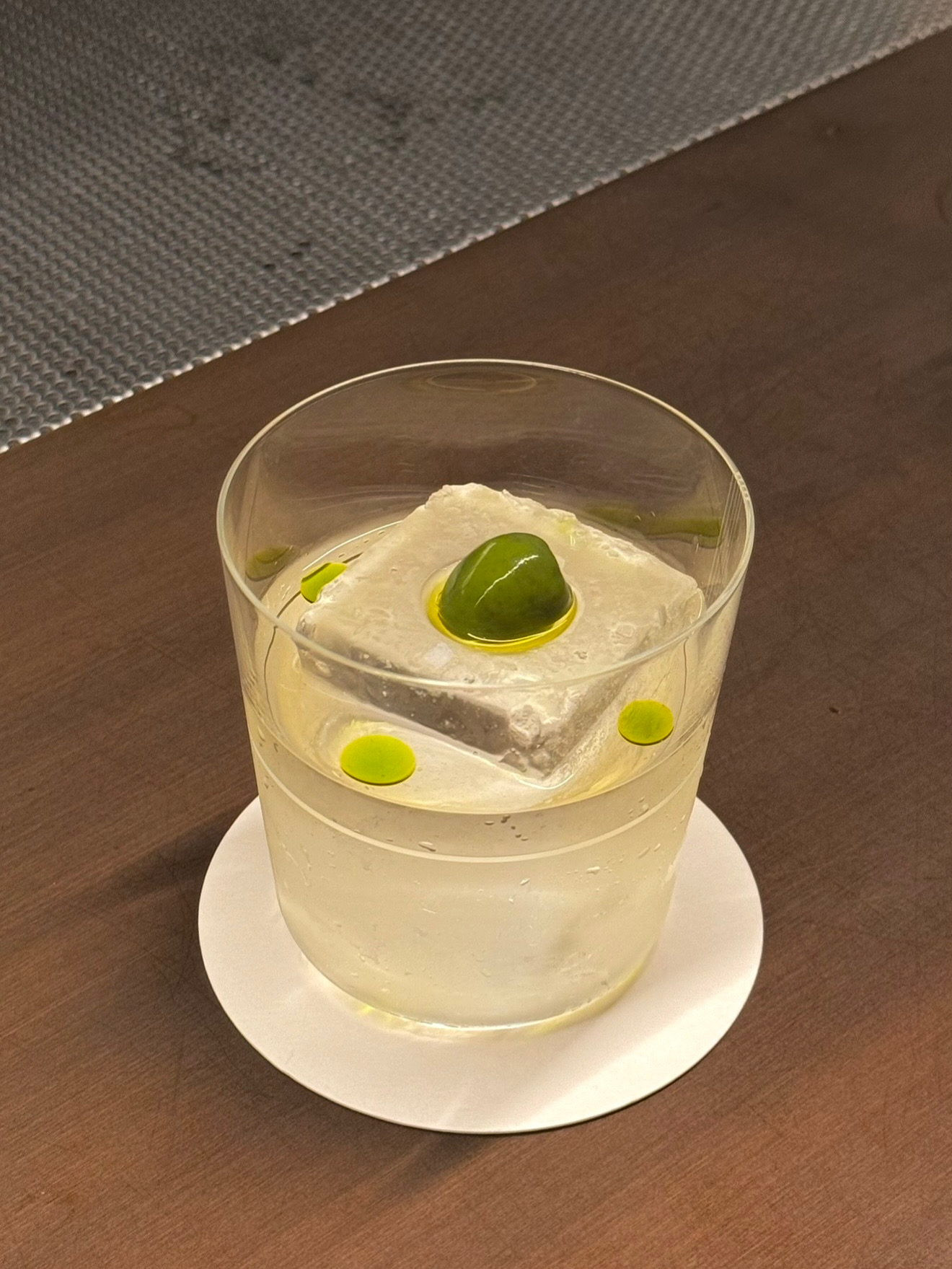
Clarified Cocktails
66 Park Ave E 38th St, New York, NY 10016
This is a clarified washed punch. It looks clear because the bartender used a washing and filtering process.
Classic milk washing mixes a punch base with milk so the milk curdles bind color and harsh tannins. The liquid is then filtered until it runs clear.
The method softens acidity and texture, so the drink tastes smoother and often feels lighter even when the alcohol content can be similar.
This version was served over a single large ice rock with a small bouquet frozen onto the ice. The slow melting keeps the drink cold with gentle dilution and the floral detail turns the serve into part of the design.
Clarified punches take time to prepare and are usually batched in advance, which is why they pour so consistently.
Dry Martini
I like mine less dirty and on the rock. A martini is built from gin or vodka and dry vermouth, stirred with ice until very cold. Dry means a smaller amount of vermouth. Wet means a larger amount. Bone dry can mean only a rinse or even no vermouth at all. Dirty means a little olive brine added for salinity. Extra dirty simply uses more brine. Sometimes it can be pickle juice. Garnish changes the profile. A lemon twist gives brightness and a clean finish. Olives add savory weight and a soft brine note. On the rocks gives gradual dilution and a colder, crisper sip from start to finish. Usually served up in a stemmed glass but I like mine in a whiskey glass.

